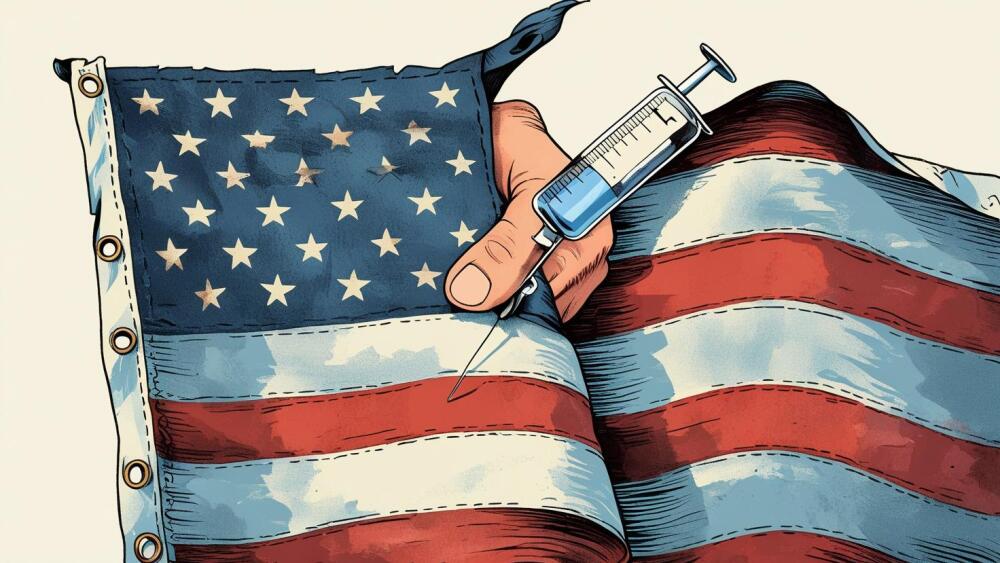News
WARN notices provide a heads up that staff will soon be unemployed, but the act that mandates them has some nuances. An attorney explains how the law works, common misconceptions about it and how it helps those about to lose their jobs.
FEATURED STORIES
Vaccine skepticism is at an all-time high in the U.S., and HHS Secretary Robert F. Kennedy Jr. is making some drastic moves in the name of reversing that trend. But misinformation and inconsistencies within the country’s healthcare agencies highlight problems with his approach.
Analysts reacted positively to the news that uniQure is in alignment with the FDA on an accelerated approval pathway and on target for a Q1 2026 submission for its one-time gene therapy for Huntington’s disease—but patients have been here before.
J&J has a multi-year head start, but Gilead believes it can win market share by delivering a drug with better safety and at least as good efficacy.
Job Trends
AnaptysBio, Inc. announced positive top-line results from its global GEMINI-1 and GEMINI-2 Phase 3 trials evaluating the safety and efficacy of investigational imsidolimab in patients with generalized pustular psoriasis, a severe orphan disease that is potentially life-threatening if left untreated.
FROM OUR EDITORS
Read our takes on the biggest stories happening in the industry.
After Emma Walmsley steps down as GSK CEO in January, Vertex Pharma’s Reshma Kewalramani will be the sole female CEO at a top-20 pharma company. Still, there are many prominent women in pharma that could someday break through again.
THE LATEST
Looking for a biopharma job in California? Check out the BioSpace list of 11 companies hiring life sciences professionals like you.
Dispatch seeks to address two main challenges of immunotherapies in solid tumors: the lack of a target and the immunosuppressive tumor environment.
The FDA will select at most five companies that align with national priorities, including lower drug prices and increased domestic investment.
The voluntary pauses follow two patient deaths associated with the Duchenne muscular dystrophy gene therapy.
A retrospective cohort study found that semaglutide and tirzepatide are linked with significantly lower risks of dementia and stroke, hinting at potential neuroprotective effects of GLP-1 therapies.
Sarepta Therapeutics faces serious FDA action after news broke of a third patient death, the FDA gets a new top drug regulator in George Tidmarsh, a handful of new drugs get turned away from the market and pharma companies continue to commit billions to reshoring manufacturing.
ADARx Pharmaceuticals CEO Zhen Li found her way to biopharma through Merck, where she was inspired by the application of powerful science to human medicine.
When talking to some of the most impressive women in biopharma, the conversation inevitably turned to what these women wanted other entrepreneurs to know. Here’s the best of the best of that advice.
Sarepta Therapeutics’ stock has dropped precipitously as questions swirl around the safety of its gene therapies. Meanwhile, the Duchenne patient community fears losing access to Elevidys while the regulator considers more drastic action.
BMO Capital Markets pointed to FDA leadership, and CBER Director Vinay Prasad in particular, as potential factors in the agency’s decision to issue a complete response letter for Replimune’s viral treatment RP1 for advanced melanomas. Shares of the company tumbled 75% on Tuesday.

















